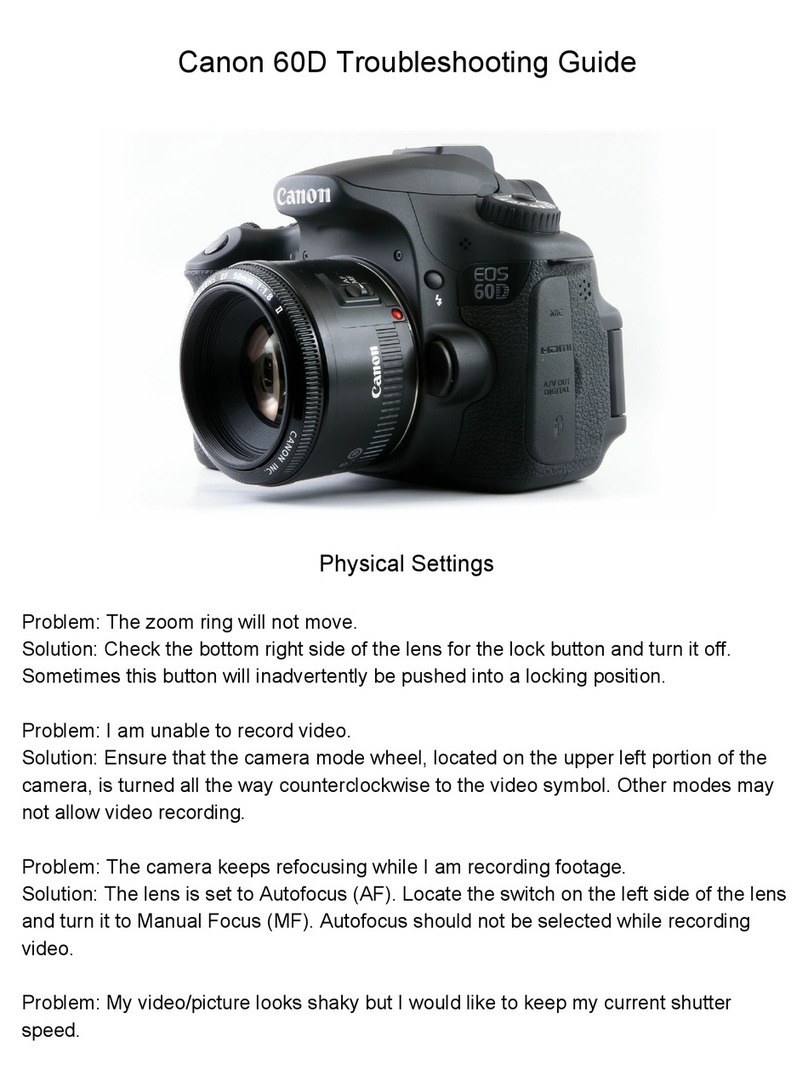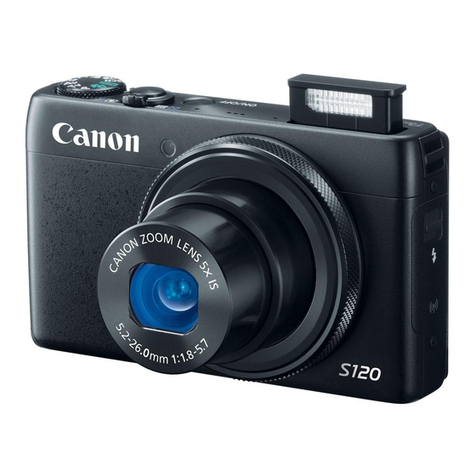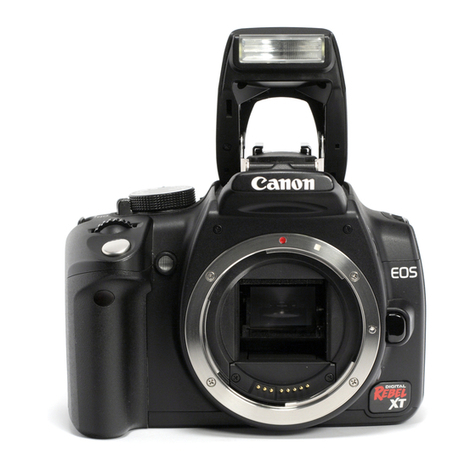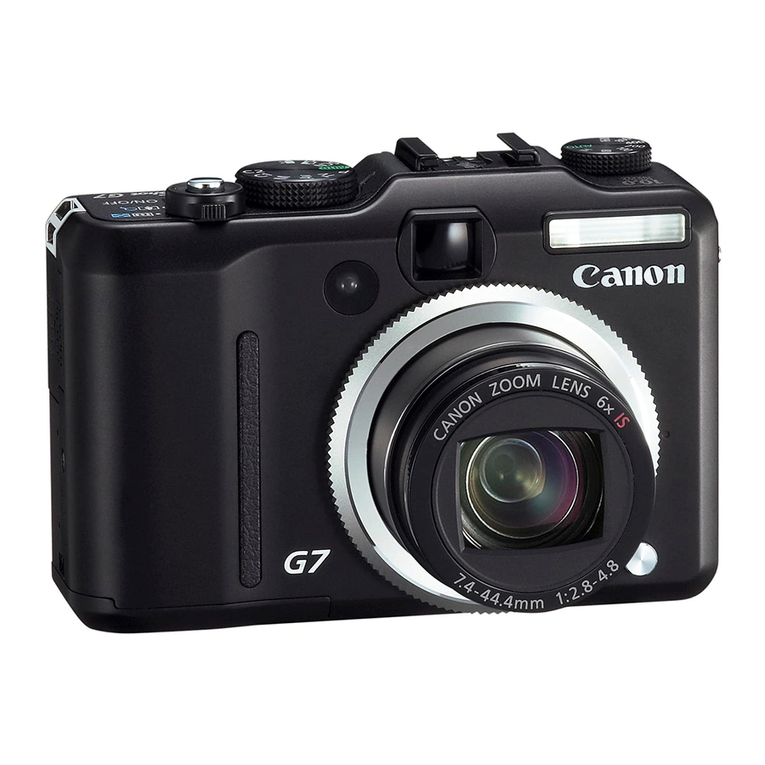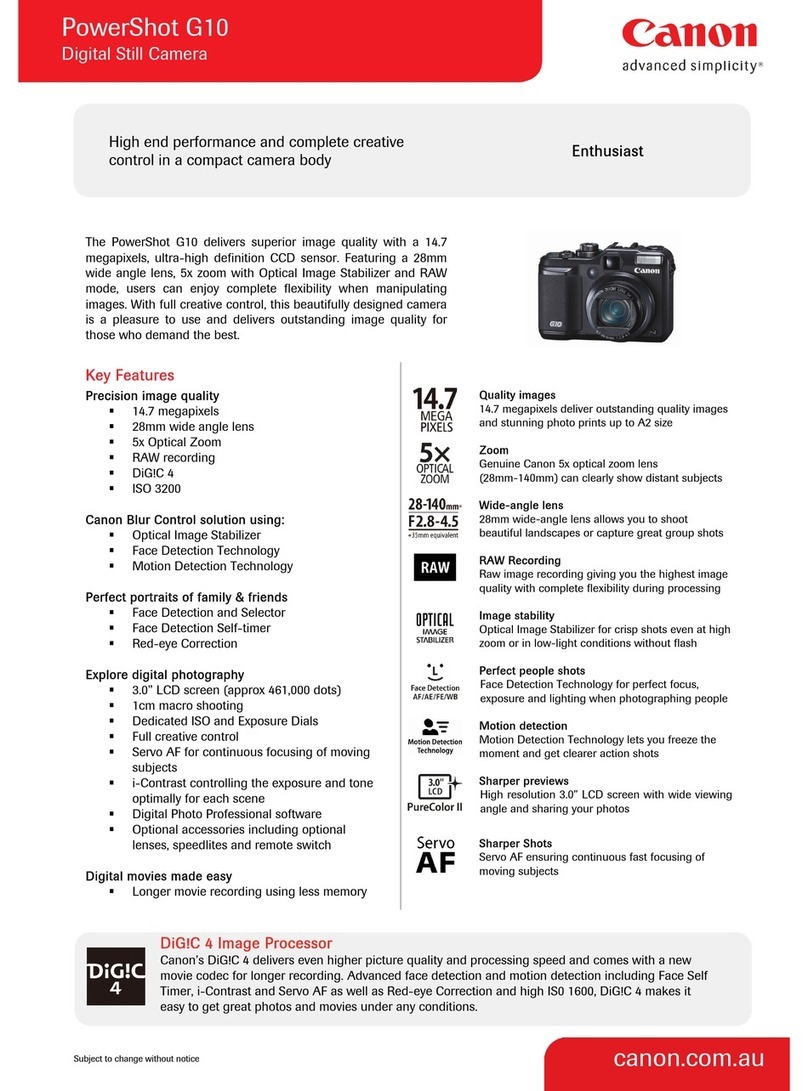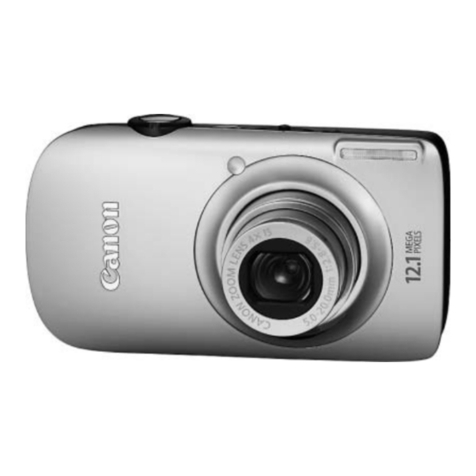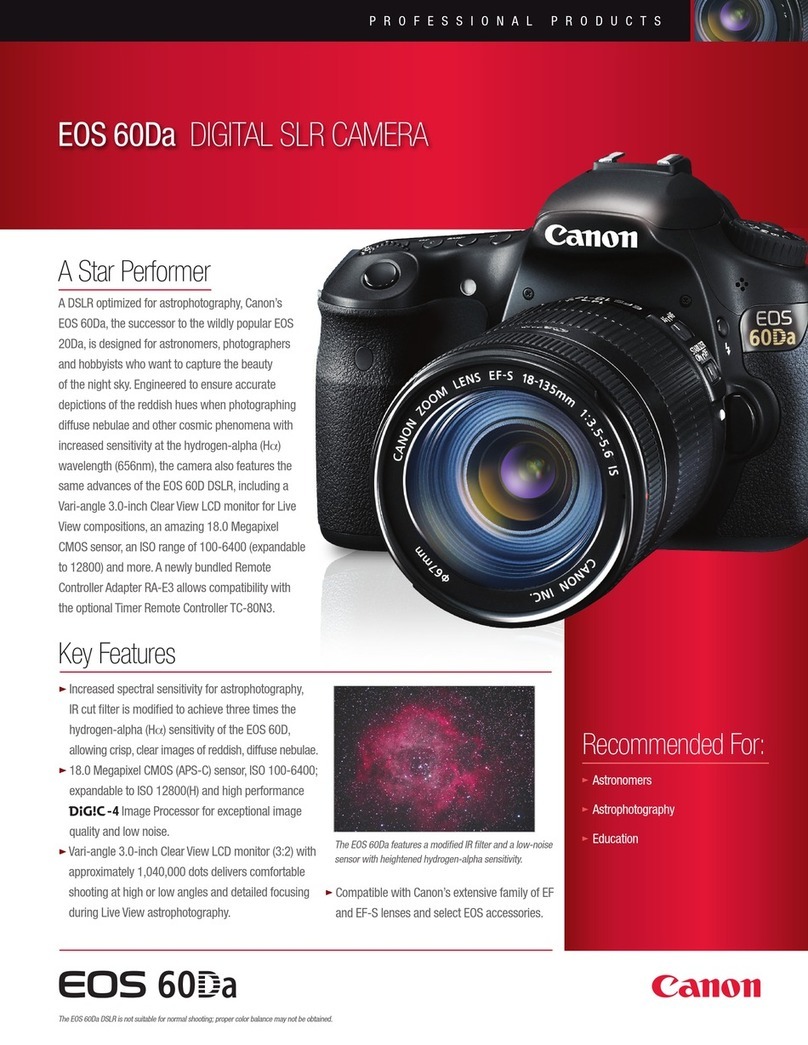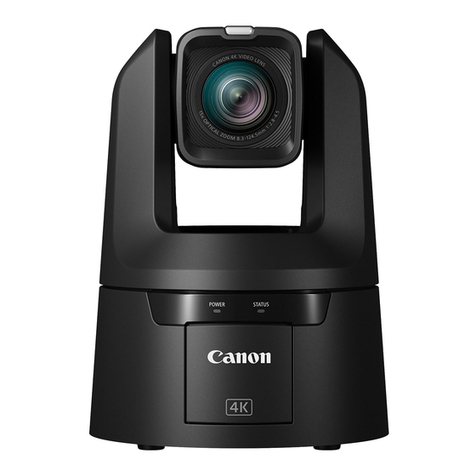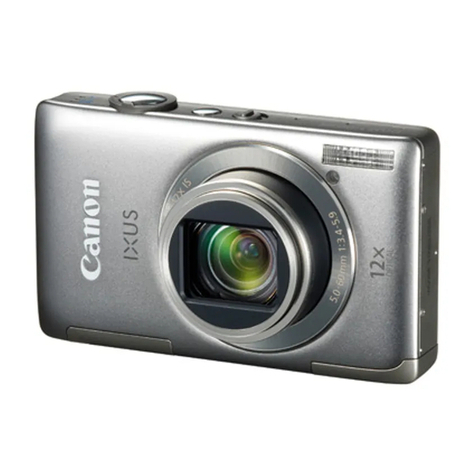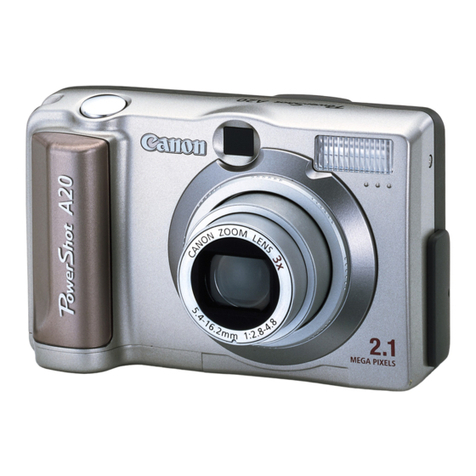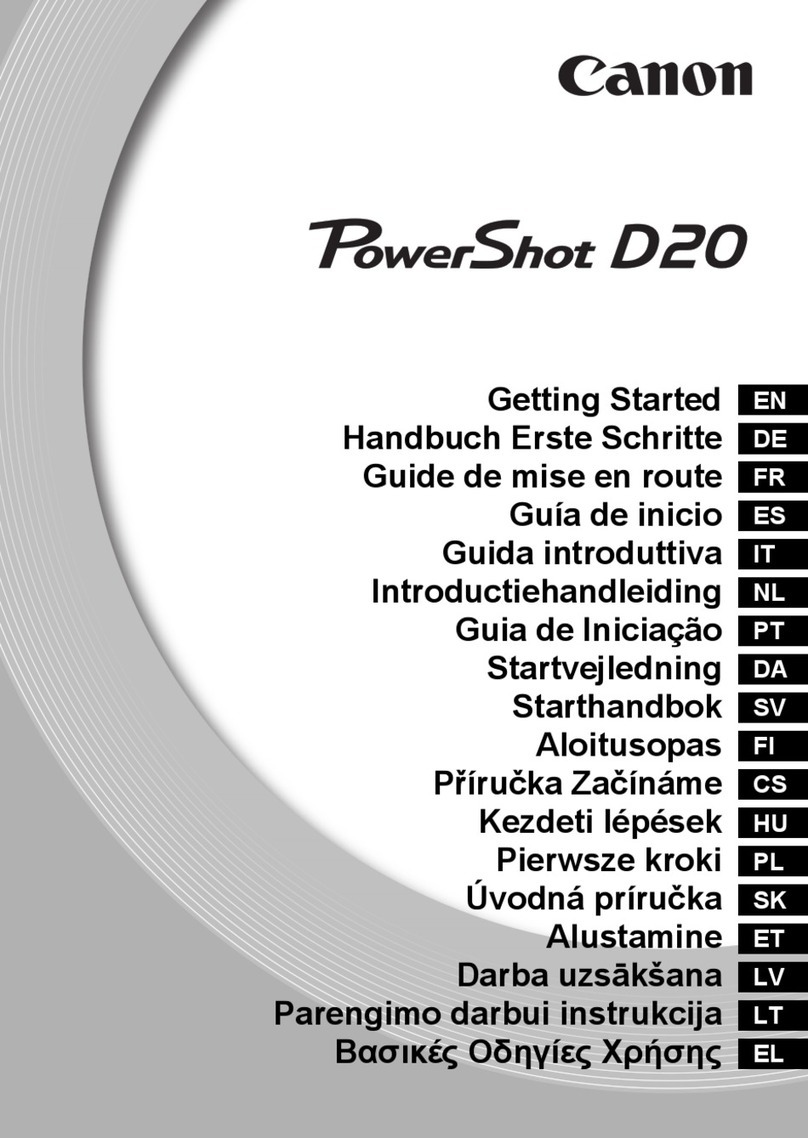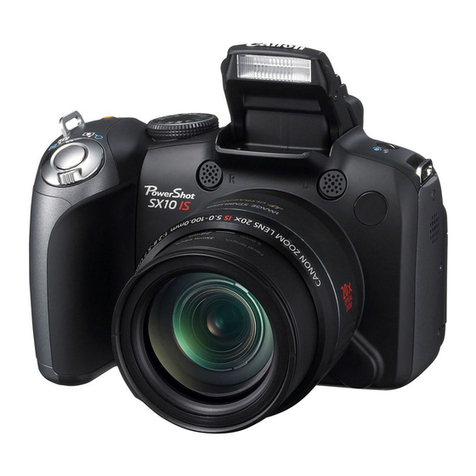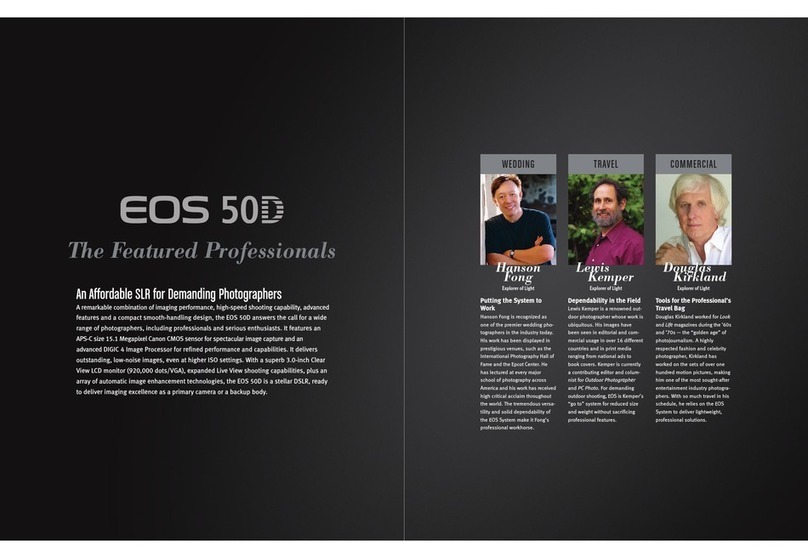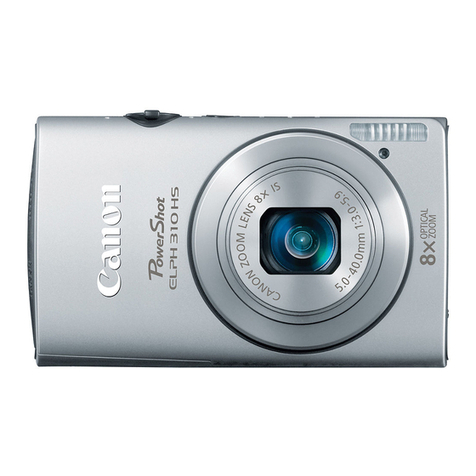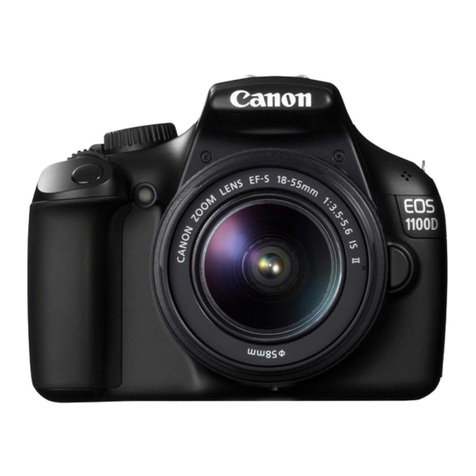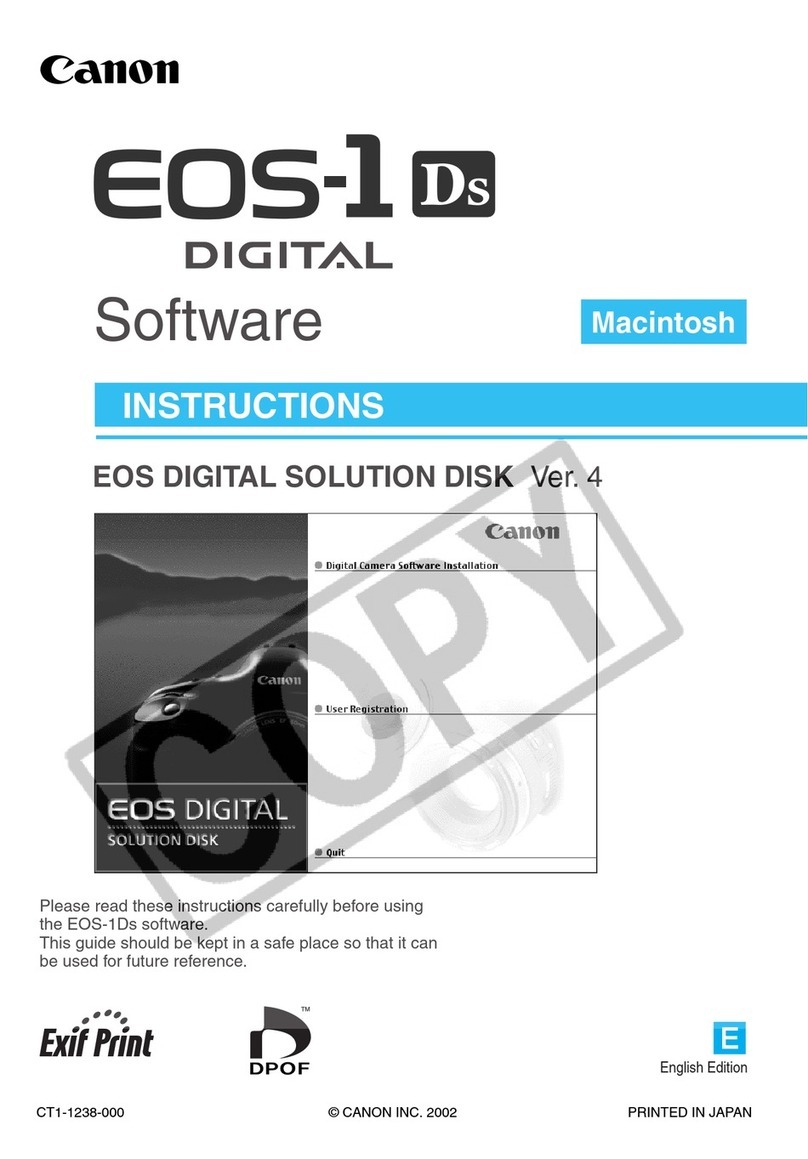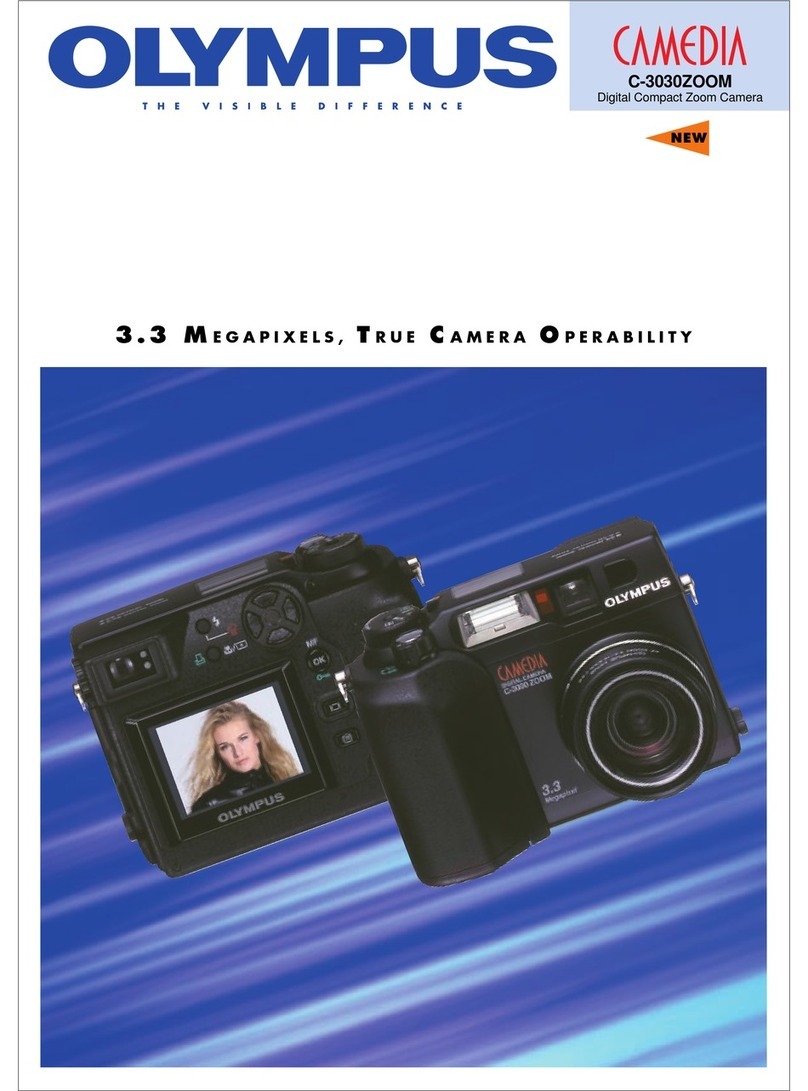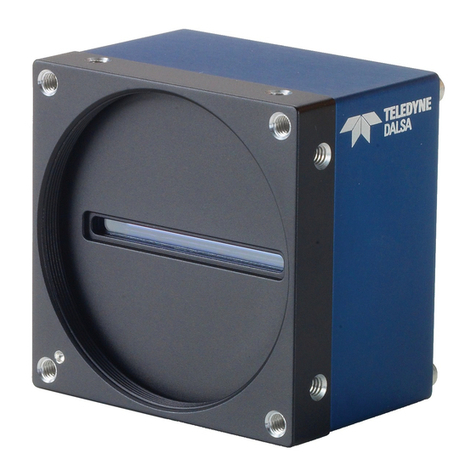
Contents
New AF Setting Operability
4 Newly established AF tabs: AF menu functions are in a separate tab
AF Configuration Tool [Presets]
06 Select from Case 1-Case 6 to match subject scenarios
08 Case 1: Versatile multi-purpose setting
10 Case 2: Continue to focus-track even when the subject momentarily moves from the AF points
12 Case 3: Focus instantly on subjects that move into the AF points
14 Case 4: Focus-track subjects that accelerate or decelerate quickly
16 Case 5: Focus on subjects with erratic movement
18 Case 6: Focus on subjects with erratic movement and changes in speed
AF Configuration Tool [Parameters]
20 Tracking sensitivity: Adjust whether the camera instantly re-focuses on new subjects
in the active AF area or continues to focus-track an existing subject.
22 Accel./decel. tracking: [-1/-2] is effective for steadily moving subjects
26
AF pt auto switching: [+] setting is most effective to quickly change AF points
to follow erratically moving subjects, when more than one AF point is active
AF Area Selection Mode
28 AF area selection mode
30 Spot AF, Single-point AF: Focusing on a small or narrow area
32 AF point expansion: Fast moving subjects that are difficult to track with a single AF point
34 Zone AF: Effective for capturing subjects within a known area
36 Auto selection of 61 AF points: All 61 points can be used for automatic tracking
61-Point High-Density Reticular AF Cross-type Points
38 The 61-point AF has many cross-type points that support F/4 for great tracking performance
39 The number and placement of cross-type points used by the F/2.8 lenses
40 The number and placement of cross-type points used by the F/4 lenses
41 The number and placement of cross-type points used by the F/5.6 lenses
Setting the AF Shutter-release Characteristics
42 AF operation and shutter-release timing settings
44
Improved low-light AF performance and expanded parameter characteristics
during continuous shooting
Utilizing the AF
46 AF points can be set to switch automatically for horizontal and vertical shooting
47 [Separate AF pts.: Pt only] is added to [Orientation linked AF point]
48 AF points can be called instantly using Switch to registered AF point
50 Custom controls for effective AF related functions
52 New customization features for the AF ON/AEL button
54 Expanded exposure compensation/minimum shutter speed for ISO Auto
AF Custom Guide Functions that Controls 61-Point High-Density Reticular AF
Make use of high-performance 61-point AF at effective parameter settings
to match the shooting conditions or subject.
Items with the NEW icon indicate pages with details on the new firmware

